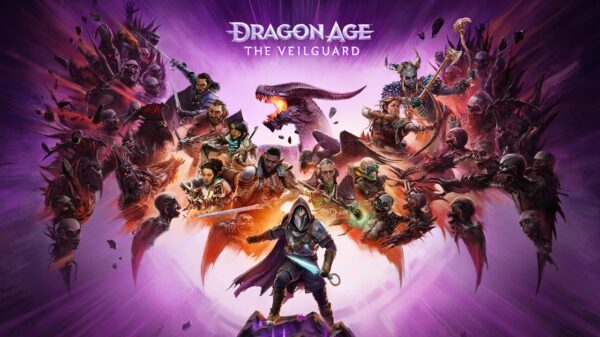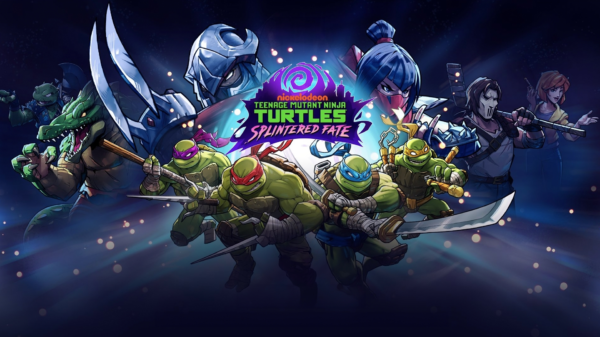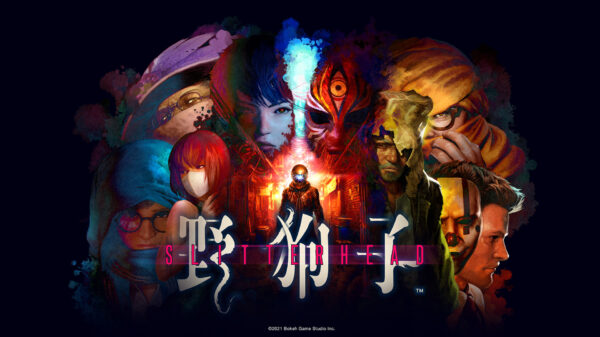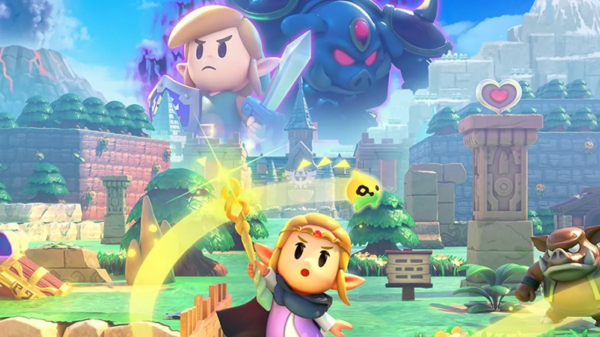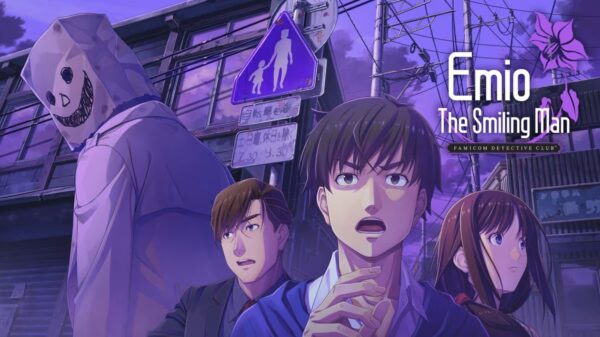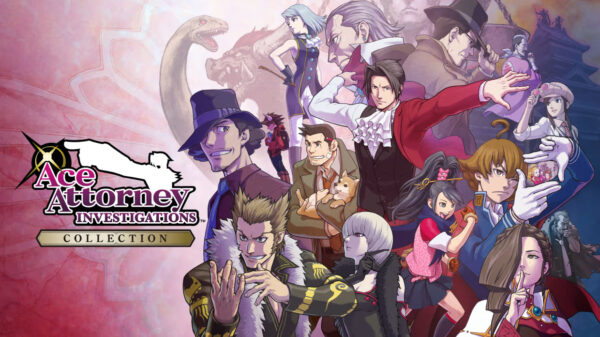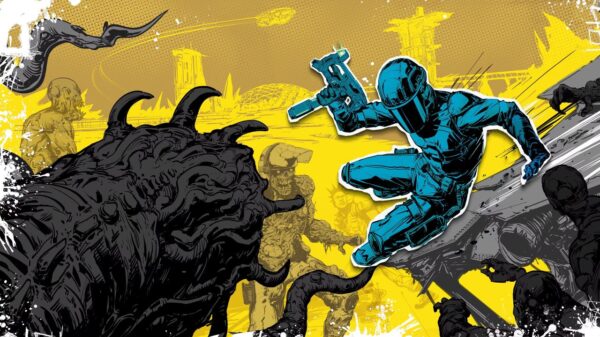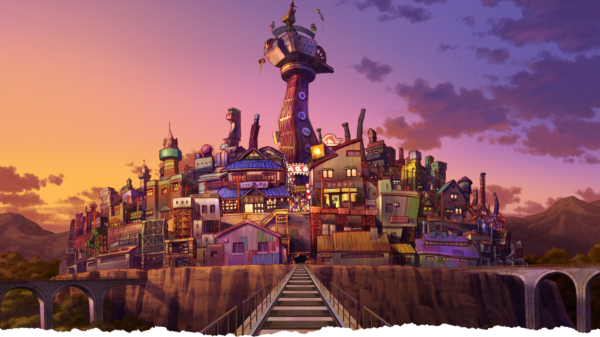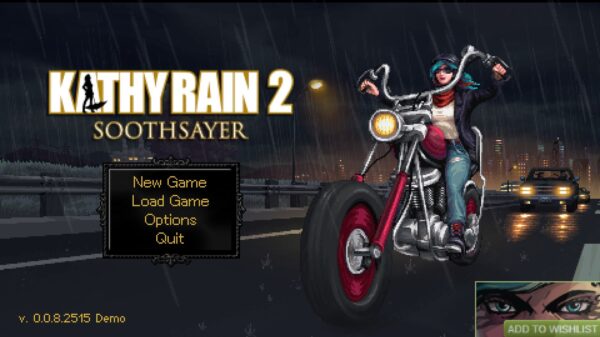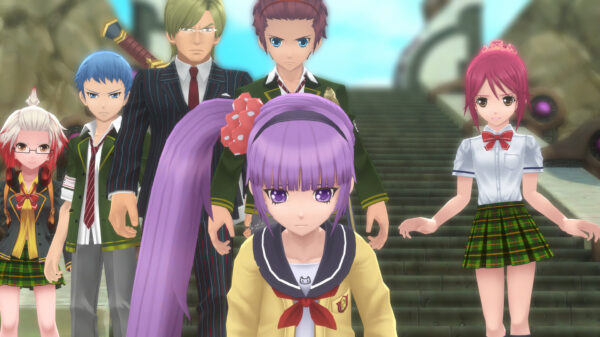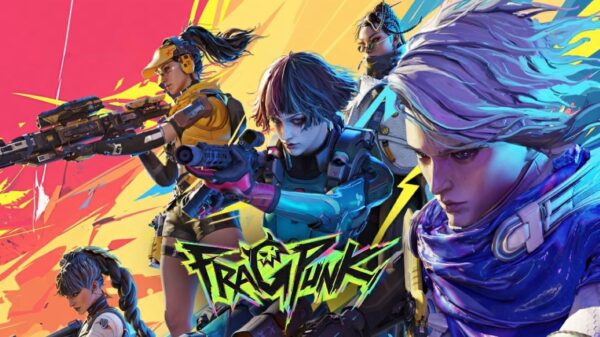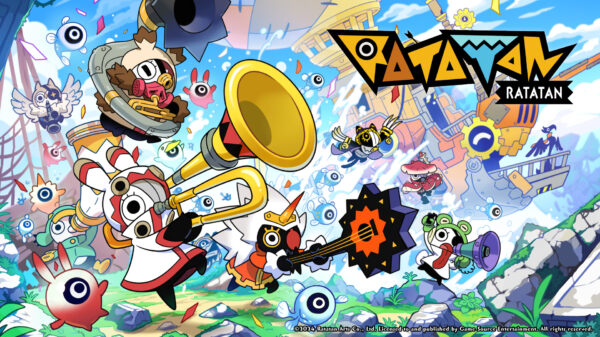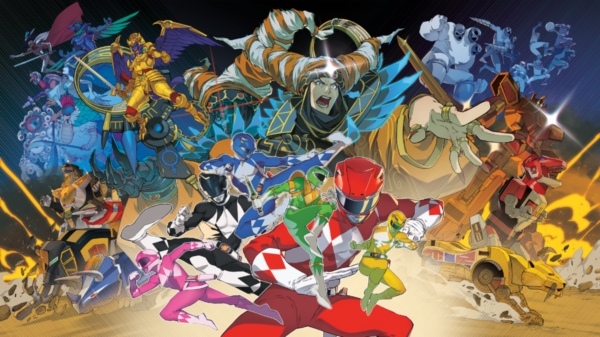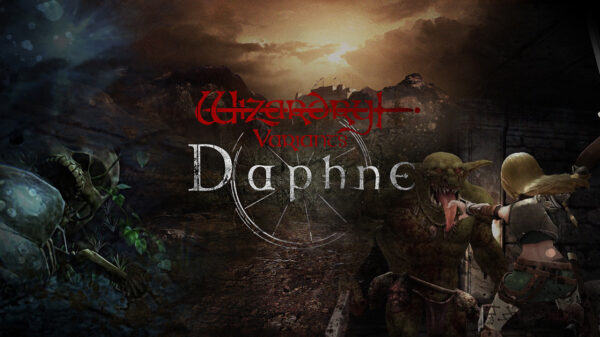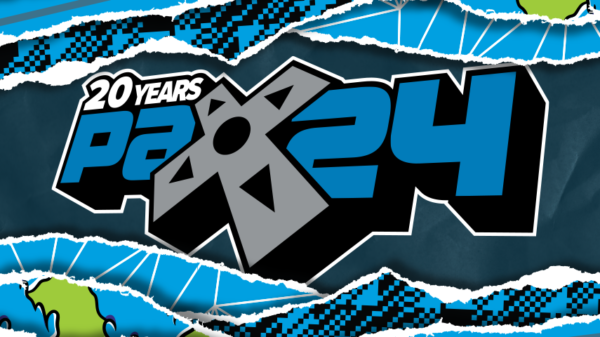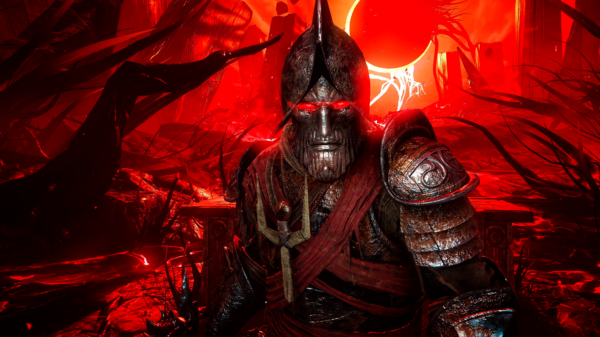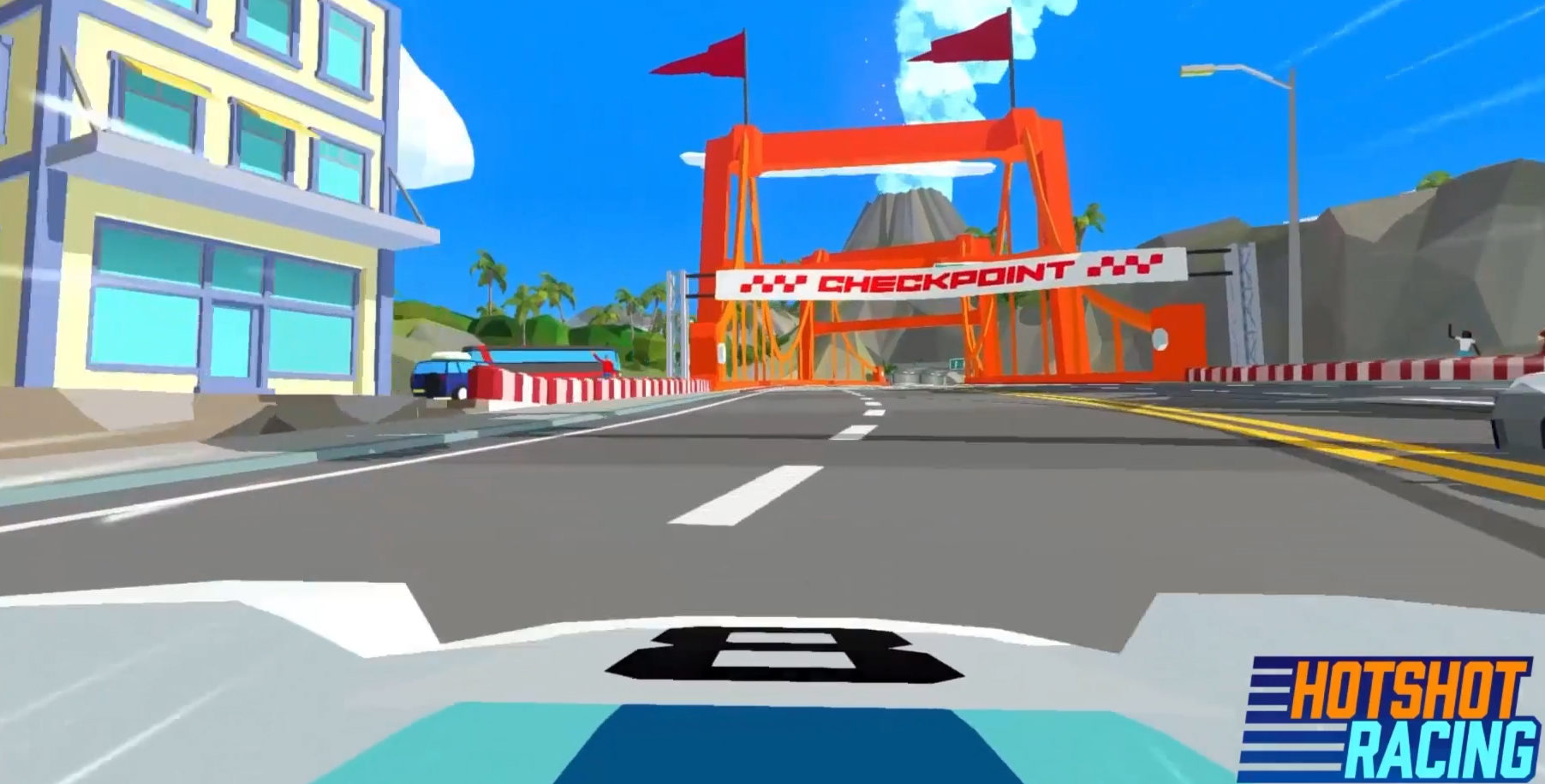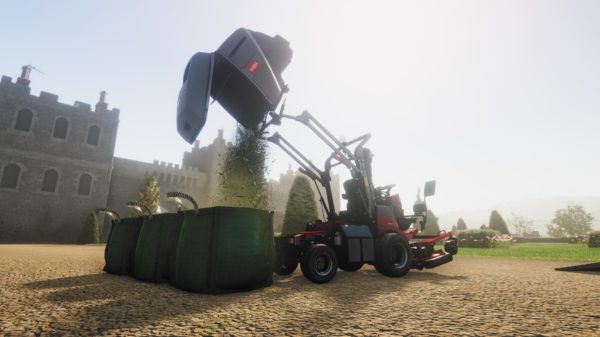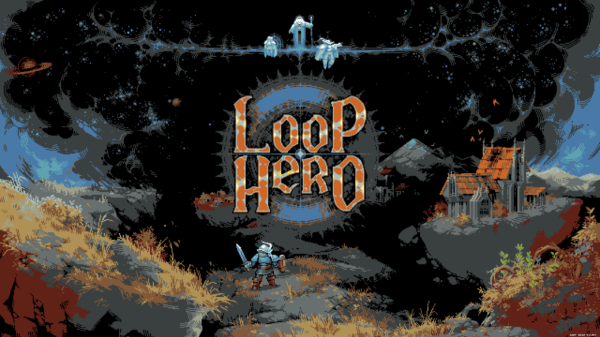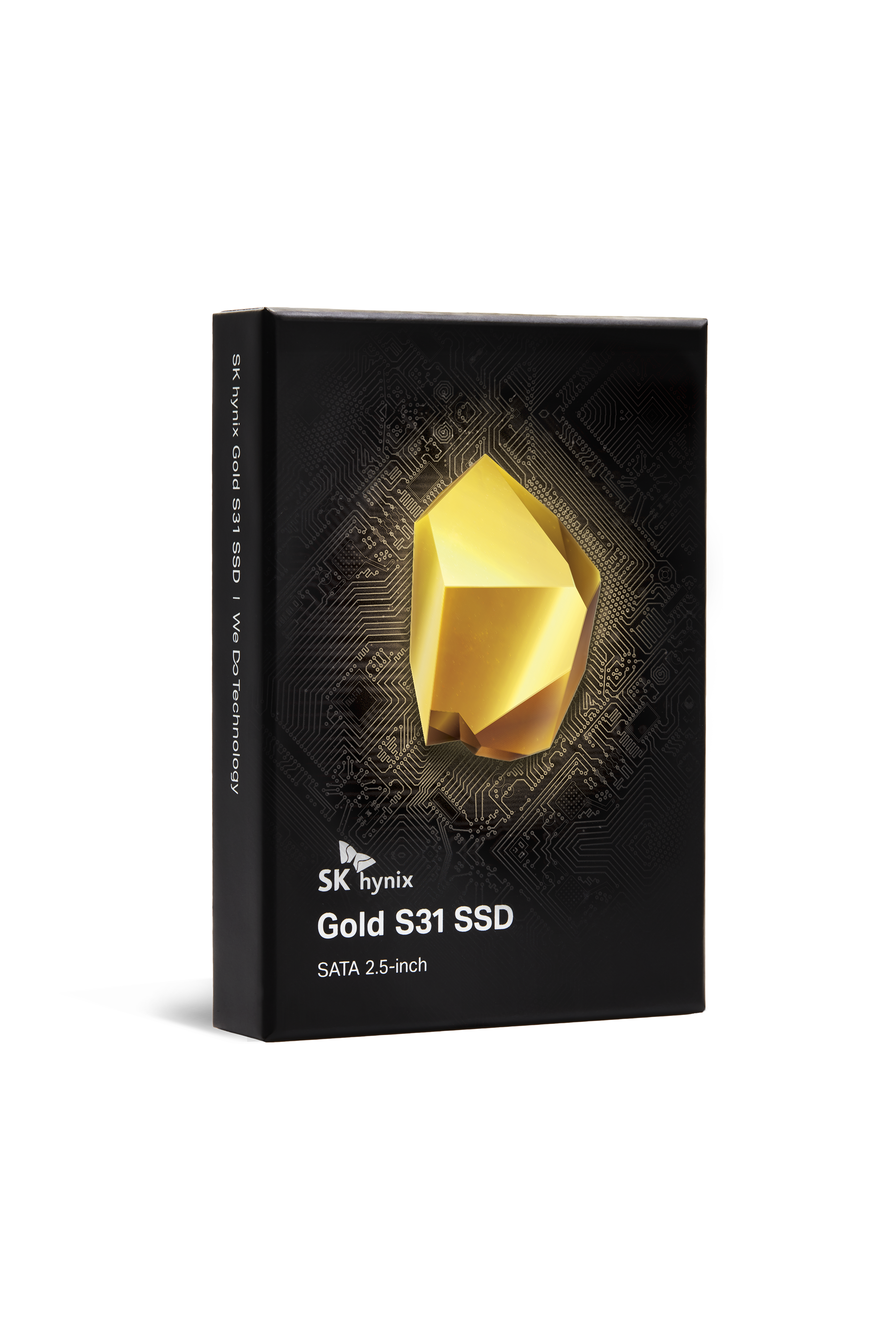Hotshot Racing wears its inspirations on its sleeve. Molded by arcade racing games of the 90s, it pits players not only against other racers but also the clock. What was once a limiting and frustrating mechanic is no longer ill-intentioned in Hotshot Racing. It’s a mere homage that technically works but isn’t always necessary.
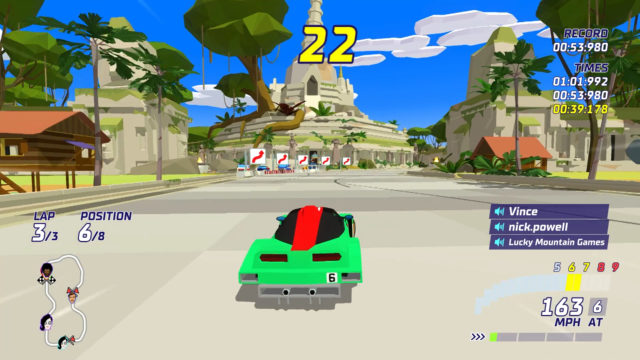
Unless your driving skills are exceptionally calamitous, reaching a checkpoint within the allotted time isn’t difficult. At least, it wasn’t difficult within the normal settings I – and other members of the press – played with during our hands-on preview with the developers. Even with my low-caliber driving and seventh place finishes, I was often gaining surplus time with each passing checkpoint. In the standard arcade racing mode, the timer could have been removed without any consequence to anything other than Hotshot Racing’s vision.
This classic format works better in other game modes, however. In “Drive or Explode,” for example, the leader triggers a timebomb that deals massive damage to racers who don’t reach a checkpoint within its short timeframe. Here, the timer felt more meaningful to the overall gameplay and added an extra layer of tension that was absent in the standard racing mode. That’s not to say the standard mode wasn’t tense – only that the timer didn’t add to the de facto tension of racing games.
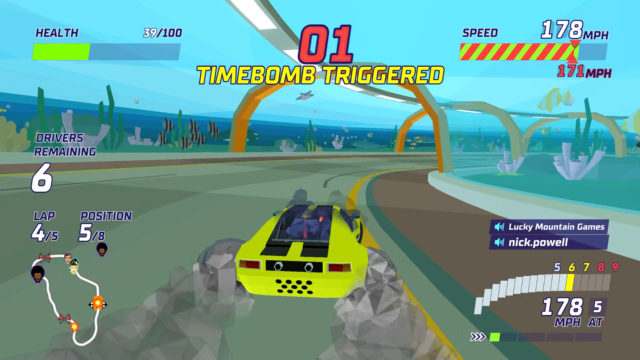
The third mode I previewed was also well-suited for classic arcade racing format. “Cops and Robbers” places the former faction in hot pursuit of the latter as a timer ticks off dollars rather than seconds. Reaching a checkpoint before the players run out of money banks the remainder. If the timer hits zero, a robber becomes a cop. Cops accrue a proportional sum of money when they have “caught” a robber. It’s certainly high-risk for high reward: Leading the pack is likely to garner the attention of other players while straying behind won’t net racers much money.
Hotshot Racing combines a retro aesthetic with modern gaming sensibilities. If the evocative low-poly art merely compliments Hotshot Racing’s reminiscent tone, then the sound design completes it. Musical tempo increases with the passing of each lap; rendering the same excitability that would infect players as they raced side-by-side at brick-and-mortar arcades. The trills and beeps of the game’s menu have a hollowness that is wholly nostalgic and unmistakably vintage. But by far the most appreciable aspect of the sound design is the narrator whose android-like voice is quintessential to the illusion.

And while Hotshot Racing demonstrably captures the appearance of 90s racing games, it sheds the more frustrating qualities of the genre. Driving controls are fluid and the numerous vehicles feel positively weightless compared to the game’s forerunners. Drifting is a bit too touchy on faster vehicles, but developer Trevor Ley believes this to be the dividing line between learning and mastery. Cosmetic-only add-ons remove the tangle of stats analysis one typically endures when customizing a vehicle. Thus, finding the vehicle that best fits a player’s style is markedly simple. There are eight different characters from around the world to play as. Each has four vehicles of varying ability to choose from.
Hotshot Racing is set to release later this summer. It’s maybe missing a coat of polish, but looks and feels like a remarkable throwback in its current state. I’m not usually keen on racing games, but Hotshot Racing’s masterclass style and simple premise leave me eagerly awaiting its official release.

